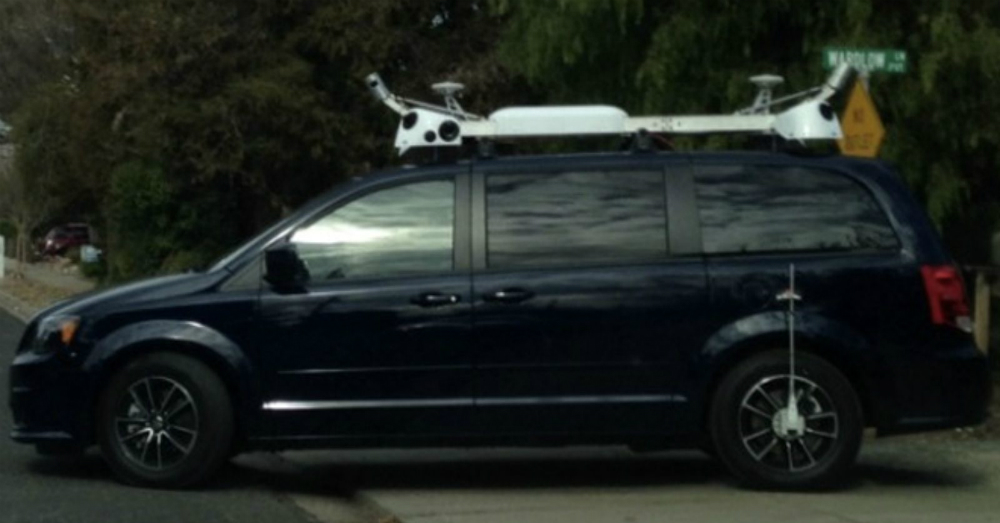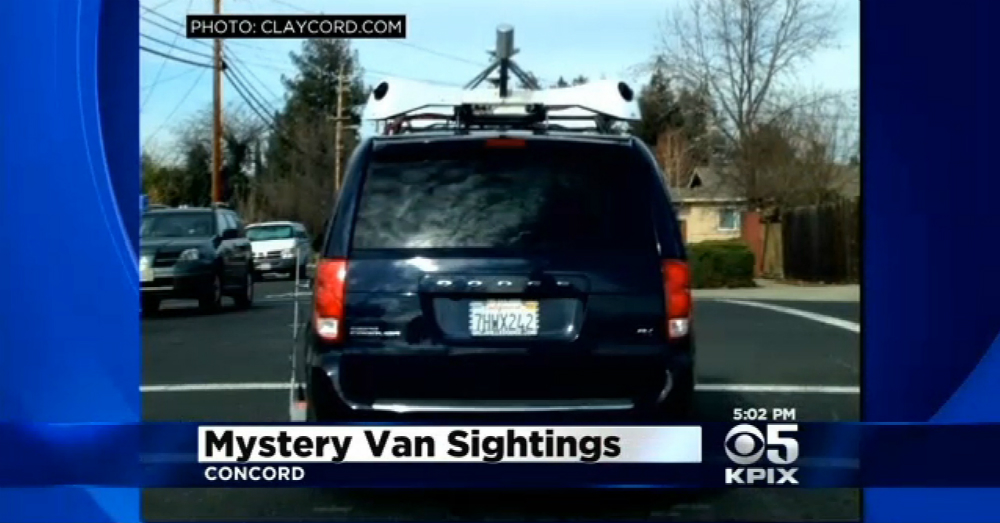There has been a great deal of chatter throughout the automotive industry and around the internet recently about driverless or autonomous vehicles. Google has made their intentions about autonomous vehicles well known and other contenders such as Audi, Mercedes-Benz, and General Motors. It should leave few surprised that it has been suggested that Apple is ready to jump in the driverless car game, they are after all, Google’s biggest rival.
Unmarked minivans have been seen driving around with complex camera systems mounted on the top of them that have been linked to Apple. This has driven many to believe that Apple is ready to get in on autonomous vehicles market. Some people suspect, however that this is just not true. It has been implied by most that Apple really is using these elaborate camera systems to simply create 3D imaging to rival Google’s maps.
Creating their own 3D images would give iPhone users better technology for navigation in their cars, trucks, and SUV’s, so it does stand to reason that this is a legitimate explanation for the unmarked vans driving around town. Apple would be able to create their own street views for iPhone users as well giving them a firmer hand in the smartphone market, which is quickly becoming integrated into our vehicles.
It does make a lot of sense for Apple to create their own mapping system, but it is also logical for Apple to have interest in autonomous technology. The scope of their reach into this market is questionable. Will they provide technology that will fuel these autonomous vehicles for other manufacturers, or will they jump into the water with both feet and create their own driverless vehicle? With Apple’s resources and technology, it would be more reasonable to create their own car.
With autonomous vehicles on the verge of existence, it will be interesting to see which car makers and technology companies will participate in the market and when this conceptmay be more than science fiction. There are serious limitations today to have these vehicles on the road like infrastructure, but with Google proving to be successful at low speed ranges, it isn’t unlikely that we will see a fully capable infrastructure in the next 20 years.
This post may contain affiliate links. Meaning a commission is given should you decide to make a purchase through these links, at no cost to you. All products shown are researched and tested to give an accurate review for you.


